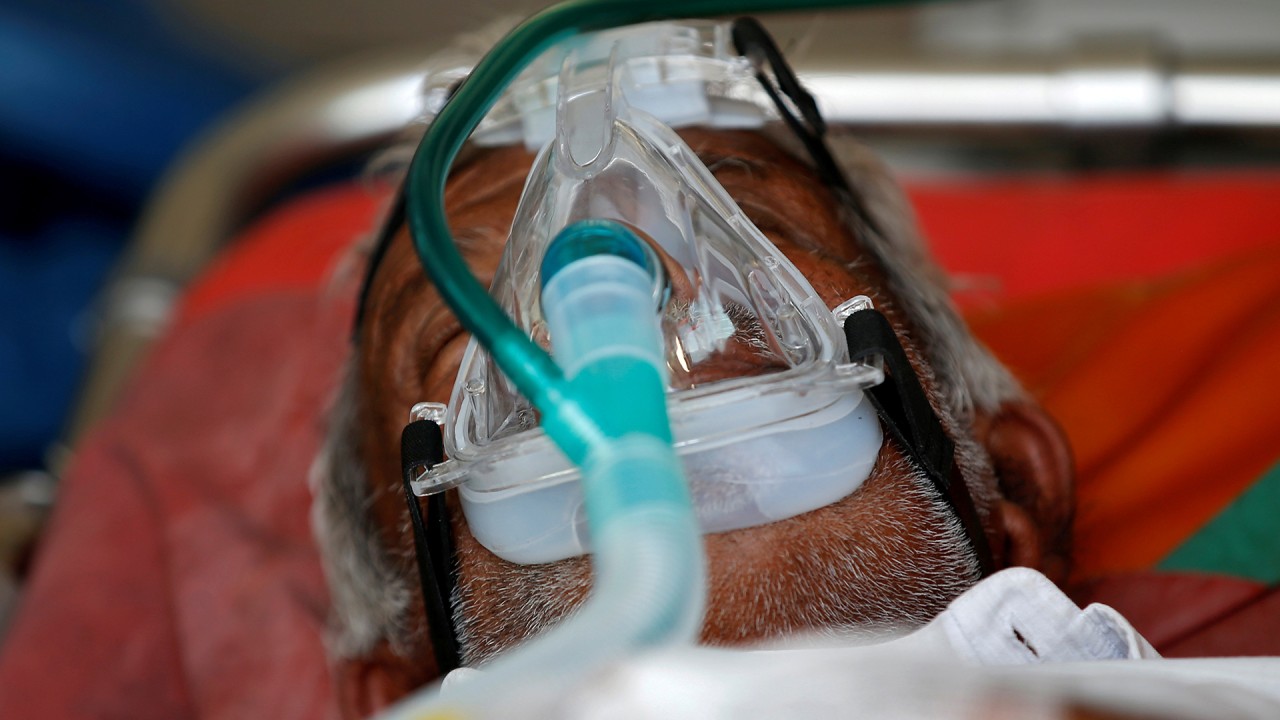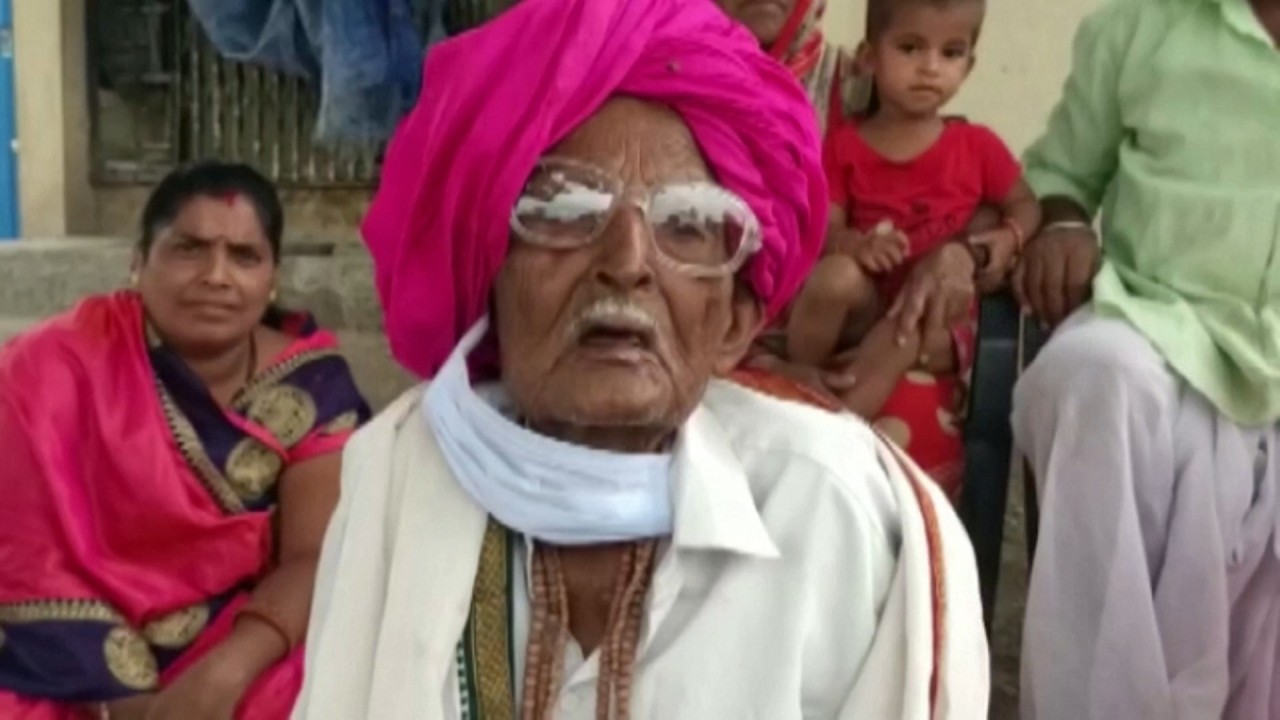
China on alert for Covid-19 variant from India as Labour Day stress test looms
- The B.1.617 strain has been detected among some inbound travellers, Chinese health authorities say
- Government expects the number of national holiday trips to reach pre-Covid levels
The reports come as China prepares for an immense stress test next week – the five-day Labour Day holiday when travellers are expected to make about 265 million trips around the country.
“[The dramatic surge in India] sounds an alarm bell that the need to contain Covid-19 is far from over.”
National Health Commission spokesman Mi Feng said found 364 people coming into the country tested positive for the coronavirus in April, a 20 per cent increase from a month earlier.
In addition, 40 per cent of the 5.75 million new cases reported around the world last week were in neighbouring countries.
Wu said China would continue to mobilise huge resources to guard against imported cases and he was confident that with vigilance, the country would be able to keep the variant at bay.
“As long as we can stop the transmission of this variant [in China], we can stop further mutations of this variant,” he said.
Health authorities in the eastern province of Zhejiang said on Thursday that 11 sailors on the Hong Kong-registered cargo ship Huayang Sunrise tested positive for the coronavirus, including one person who was asymptomatic.
The bulk carrier docked at Zhoushan port and had previously made stops in India, Bangladesh, and Singapore.
On Wednesday, Chongqing health authorities reported four imported cases from India and one from Nepal.
But the authorities did not specify whether these new cases involved the B.1.617 variant.
The World Health Organization said on Wednesday that the variant, which was first detected in India in October, had spread to 17 countries.
Scientists are still trying to determine if the variant is the cause of a tsunami of new Covid-19 cases in India in recent weeks. On Thursday, India reported 379,257 new cases and 3,645 deaths, pushing its total past 18 million.
As China keeps a wary eye on its border, authorities expect holiday travellers to make about 54 million trips every day from May 1, roughly on a par with the number made at the same time in 2019.
Wang Bin, from the NHC’s disease prevention and control bureau, said the government would deploy staff to ensure ventilation and sanitation at public venues, and a prompt response to infections.
Wang said the health authorities were also aware that some inbound travellers tested positive after completing the 14-day quarantine period, and would step testing and monitoring.
China will also continue its immunisation drive during the public holidays. Authorities are hoping to vaccinate 40 per cent of the population by June. More than 240 million doses had been administered by Wednesday, surpassing 234.6 million shots given in the United States. However, the number represents 17.4 doses per 100 people, far behind 71.1 in the US.



